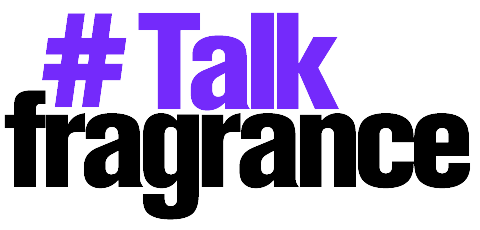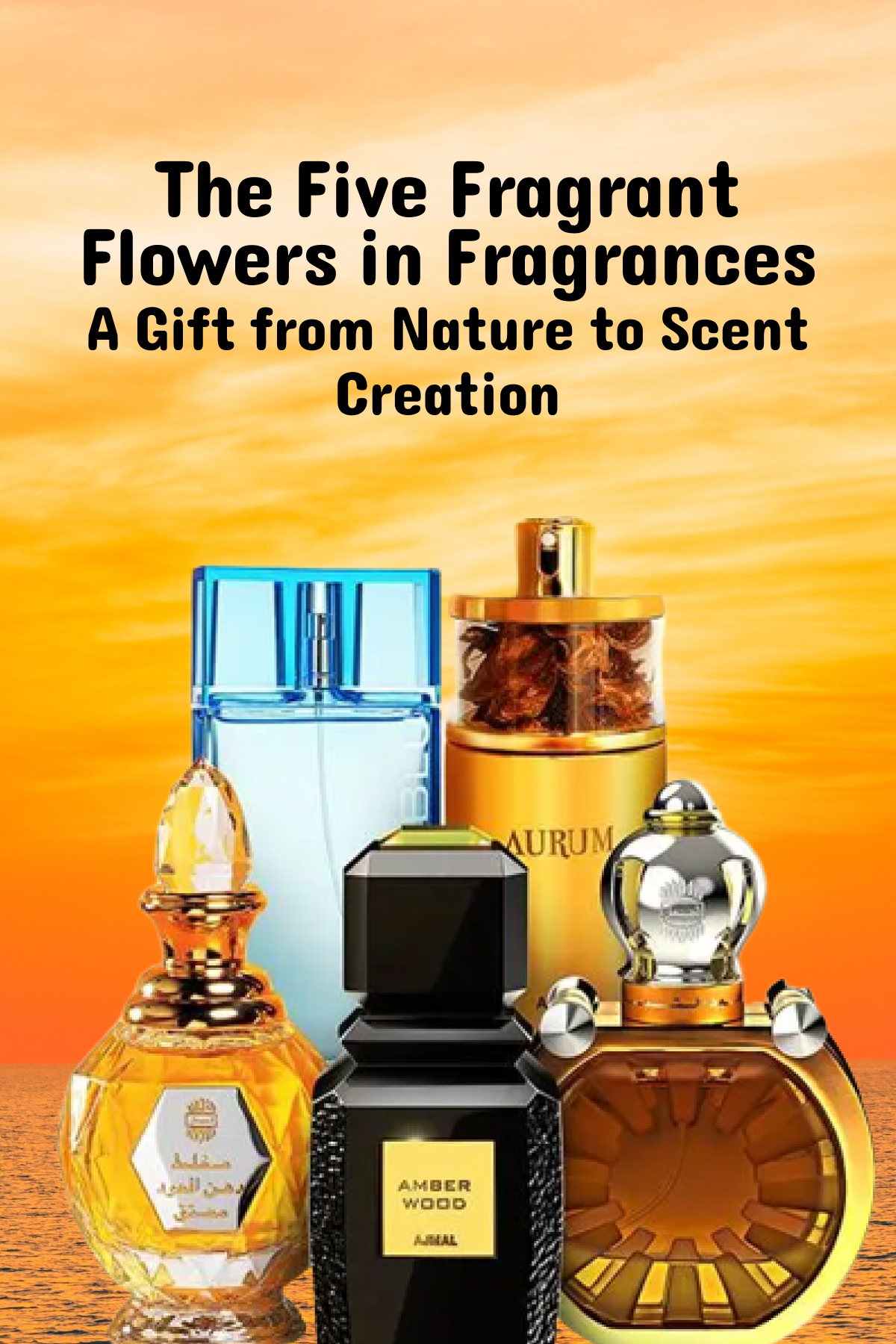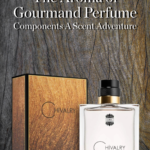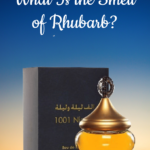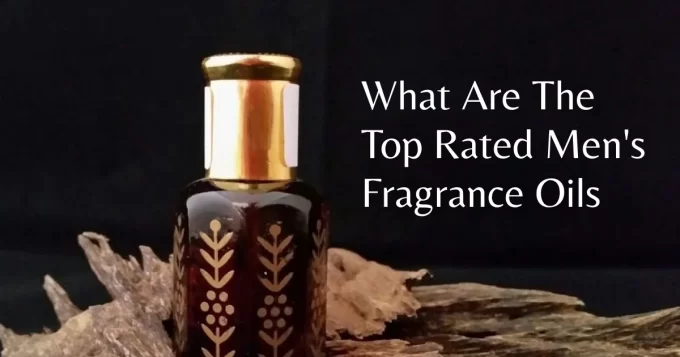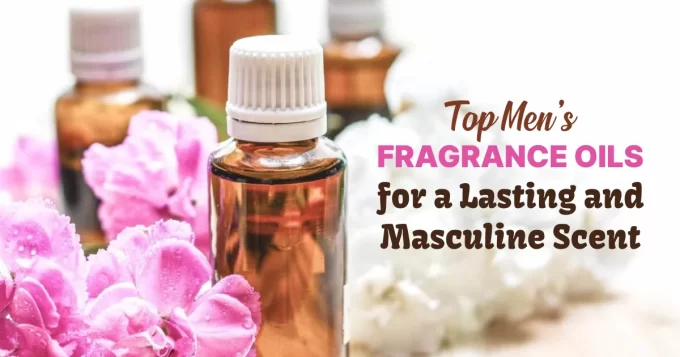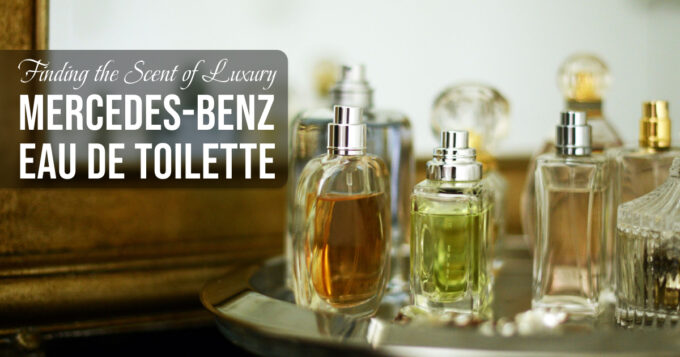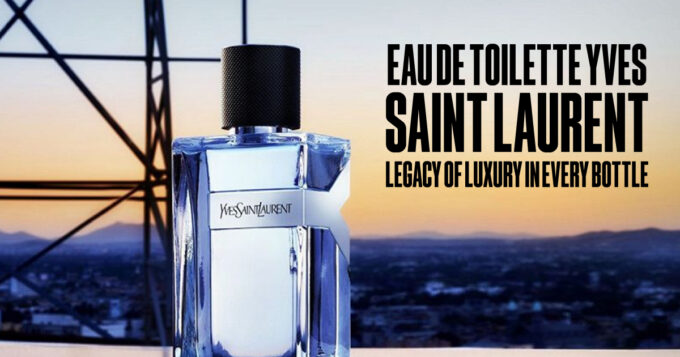The Five Fragrant Flowers in Fragrances: A Gift from Nature to Scent Creation
Scents that captivate the senses are skillfully crafted by carefully combining the best natural components in the world of perfumery, a captivating fusion of art and science. Flowers are a special ingredient among these ingredients.
For generations, perfumers have been inspired by their rich and varied aromas, as every bloom presents an own aromatic character to the senses. The five most fragrant flowers in perfumery will be discussed in this essay, along with their traits, applications, and magical qualities.
Specifications and Types
1. Rose: The Flower Queen
There’s a good reason why the rose is called the queen of flowers. It has a deep, nuanced aroma that appeals to everyone. Roses come in countless variations, but two are especially valued in perfumery: the Centifolia rose (Rosa centifolia) and the Damask rose (Rosa damascena).
Red Mask: The Damask rose is grown mostly in Bulgaria and Turkey and is prized for its strong, slightly spicy scent. With notes of honey, spice, and a deep floral undertone, its oil is complex and rich.
Rosa centifolia: This variety, often known as the cabbage rose, is grown mostly in Grasse, France. It smells more honeyed and sweeter, with a faint pepper undertone.
Applications for Perfumery
Rose is a mainstay in the perfume industry, appearing in scents ranging from heart to top notes. Because of its adaptability, it can mix well with woody, spicy, and other floral elements. Prominent fragrances with rose notes include:
Chanel No. 5: This classic scent combines ylang-ylang, jasmine, and rose to produce a classic, refined aroma.
Discount Code: A lovely and elegant fragrance with hints of peach and apricot that accentuates the beauty of roses.
2. Jasmine: The Personification of Style
Another formidable player in the world of flower fragrances is jasmine. It has a sensual, opulent quality due to its strong flowery, sweet, and slightly animalic aroma. In fragrance, jasmine comes in two primary varieties:
Sambac Jasmine, Jasminum sambac: High-end fragrances frequently contain Sambac jasmine, which is prized for its rich, sweet, and almost creamy scent.
Grasse Jasmine, Jasminum grandiflorum: This kind is ideal for mixing because it is lighter and more flowery, with a little sweetness.
Applications for Perfumery
Perfume heart notes frequently feature the seductive aroma of jasmine. It works well with citrus and oriental notes, as well as other white florals. Well-known scents including jasmine include:
Dior J’adore: A posh scent that blends rose, ylang-ylang, and jasmine.
Gucci Bloom: Jasmine, tuberose, and Rangoon creeper come together to create a flowery explosion.
3. The Night Blooming Beauty, Tuberose
Features
Polianthes tuberosa, or tuberose, is prized for its powerful, perfumed scent. It is a flower that blooms at night, and people typically describe its aroma as being both floral and slightly spicy. It is rich, creamy, and addictively sweet.
Applications for Perfumery
The strong scent of tuberose is utilized in perfumery sparingly but well, usually as a heart note. It enhances scents with richness and complexity. Famous scents with tuberose in them include:
Frédéric Malle Carnal Flower: This scent brings out the best of tuberose, with notes of musk and coconut.
The rich combination of tuberose and gardenia creates a luxuriant, floral experience in the
Estée Lauder Private Collection Tuberose Gardenia.
4. The Exotic Essence of Ylang-Ylang
Features
The perfume of ylang-ylang, or Cananga odorata, is rich, sweet, and slightly fruity, with notes of jasmine and custard. Its name translates to “flower of flowers,” and its strong, exotic aroma has made it well-known.
Applications for Perfumery
Because of its adaptability, ylang-ylang can be employed in both the top and heart notes. It goes nicely with spicy or woodsy notes, citrus, and other florals. Well-known scents with ylang-ylang include:
No. 5 Chanel: In addition to rose and jasmine, ylang-ylang plays a significant role in this timeless scent, contributing to its intricate floral bouquet.
Guerlain Mitsouko: A classic chypre scent with notes of peach and oakmoss complemented by ylang-ylang.
5. Iris: The Perfect Powder
Features
The distinctive, delicate scent of iris (Iris germanica) is frequently characterized as powdery, woodsy, and somewhat earthy. An extremely valuable ingredient in perfumery, orris butter is made from the rhizomes (roots) of the iris plant and requires years to manufacture.
Applications for Perfumery
Iris is frequently utilized in base or heart notes in perfumes, adding a refined and elegant touch. Citrus, flowery, and woody tones go nicely with it. Known iris scents consist of:
Prada Infusion d’Iris: A contemporary take on iris, this fragrance combines citrus and woody undertones to create a light yet sophisticated aroma.
Guerlain Shalimar: Iris balances the notes of vanilla and bergamot, lending this oriental classic a powdery touch.
Final Thoughts: Honoring Floral Aromas
These five aromatic flowers have left a lasting legacy for the world of perfumery. Each adds its own distinct beauty and character to perfumes, resulting in aromas that have the power to arouse feelings, memories, and even dreams. While iris captivates with its powdery perfection, jasmine seduces with its opulent allure, tuberose mesmerizes with its heady sweetness, and ylang-ylang enchants with its exotic richness, roses give ageless grace.
These flowers become more than just components when they are handled well by a perfumer; they become the essence and heart of a scent. These floral notes provide an enjoyable and memorable sensory experience, regardless of your level of familiarity with perfumes or scents. Take a moment to enjoy the floral marvels that make a perfume truly special the next time you smell something lovely.
